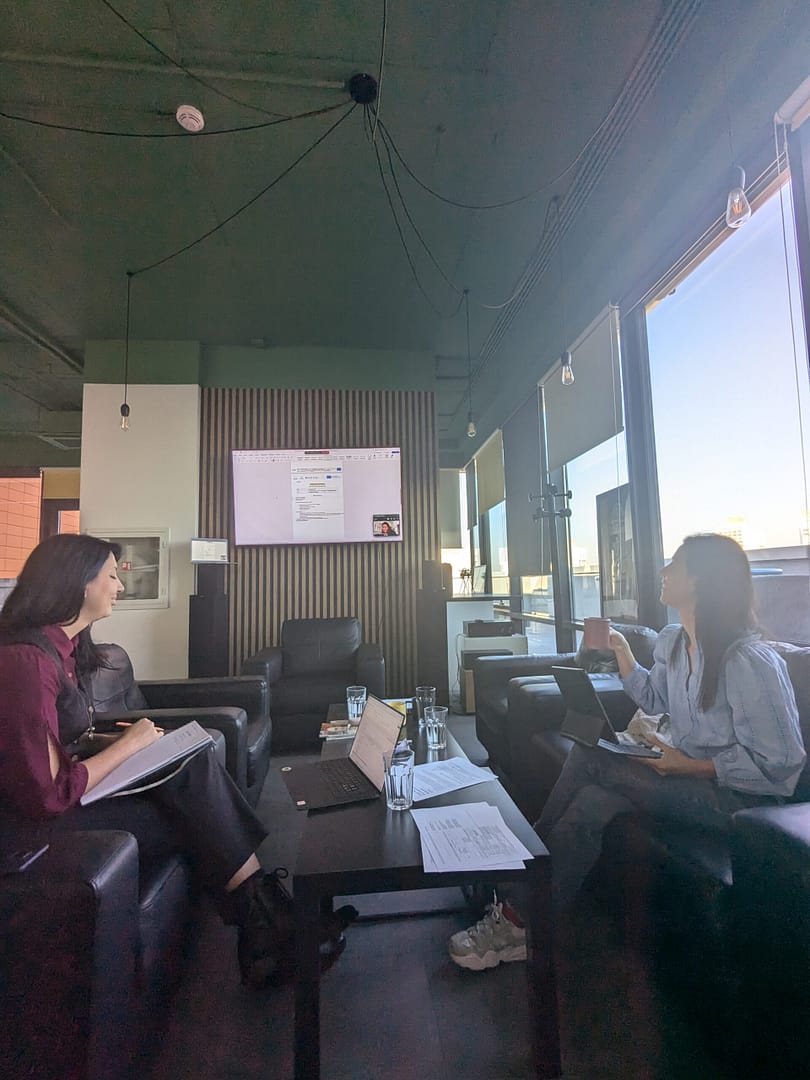Learning Outcomes:
Participants will understand what the meaning of digital advocacy is.
Participants will learn to Identify the key concepts of digital advocacy.
Participants will gain knowledge about positive and negative aspects of digital advocacy campaigns.
Duration:
90 minutes
Materials needed:
- Paper
- pens
- sticky notes
- laptop
- projector
Preparation
The trainer(s) should prepare a presentation on case studies for digital advocacy campaign. They should also know about the key features of an advocacy campaign.
Description
This last session will be dedicated to exploring the meaning of digital advocacy and the forms it can take, through the analysis of case studies.
- The trainer(s) will gather participants in plenary and – with the help of a projector – will show them some best practices in digital advocacy.
- Guided by the trainer(s), with the use of short questions and brainstorming, the group will identify a key feature of each campaign, the key message and the targets of the campaigns.
- Participants will then be divided in smaller buzz groups to discuss on what they think are the key concepts of digital advocacy.
- Each small group will be asked to come up with a list of 5 key concepts of digital campaign that they have noticed in the best practises, and they will present the list to the rest of the groups.
- Participants will then analyse all similarities and differences among their lists and – supported by the trainer(s) – will work together to create a final list on which they all agree.
- Once the final list is ready, the trainer(s) will divide the group into 4 groups and ask each group to create a social media post for the project’s Facebook page.
The trainer(s) will give participants only some key words (e.g. environment, education, young people, participation) and they will need to choose the social they will post on, a format (media, text, etc), a message and prepare and publish an advocacy post.
Each group should work on the preparation of its post making sure that the other participants do not hear their idea.
- After 15 minutes, participants will come back to the plenary and each group will show its post, asking other participants if they can guess the message, the topic, the aim and the intended audience for the post.
In this phase, all groups will receive feedback about their post and whether it work or not.
After each group has present its post, the trainer(s) will invite participants to discuss about how many points of the list their posts followed.
Debriefing
Questions that could be used are:
- Did other participants understand the message of your post? Why or why not?
- Which was the most difficult part about preparing a digital advocacy post?
- Which post do you think was more effective and why?
- Which could be the pro and cons of digital advocacy?
Handouts and resources
More To Explore
Co-Design Processes and Methodologies
Learning Objectives (LOs)
Mentoring methodologies and strategies
Learning Objectives (LOs)


